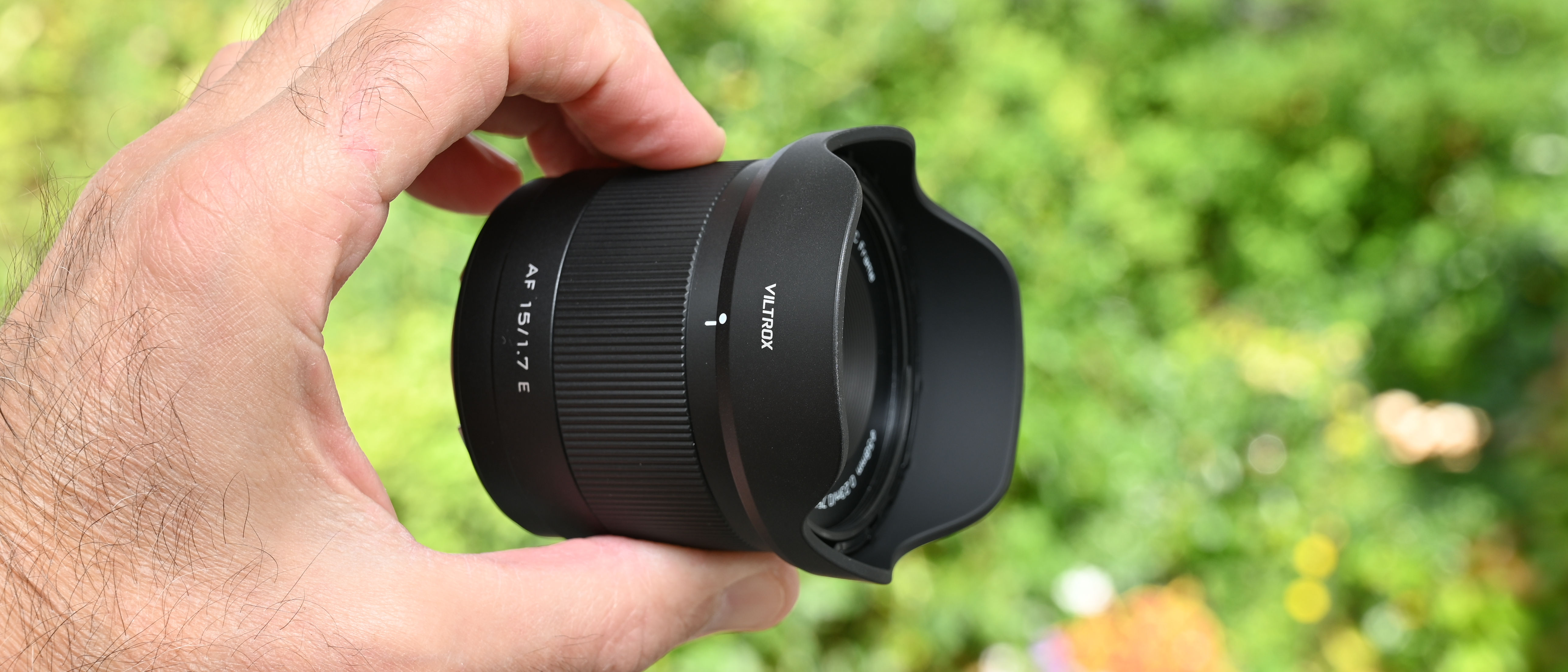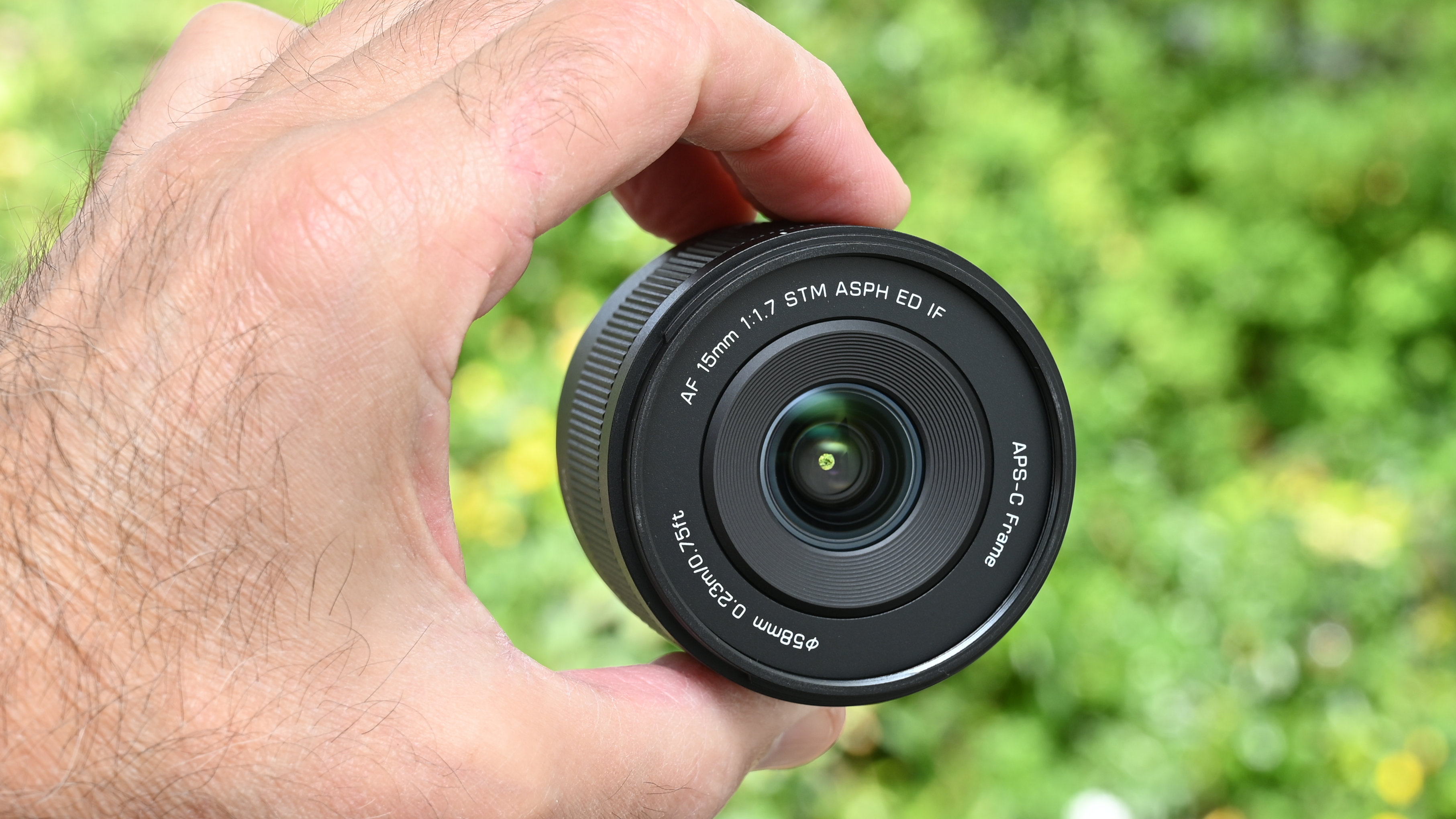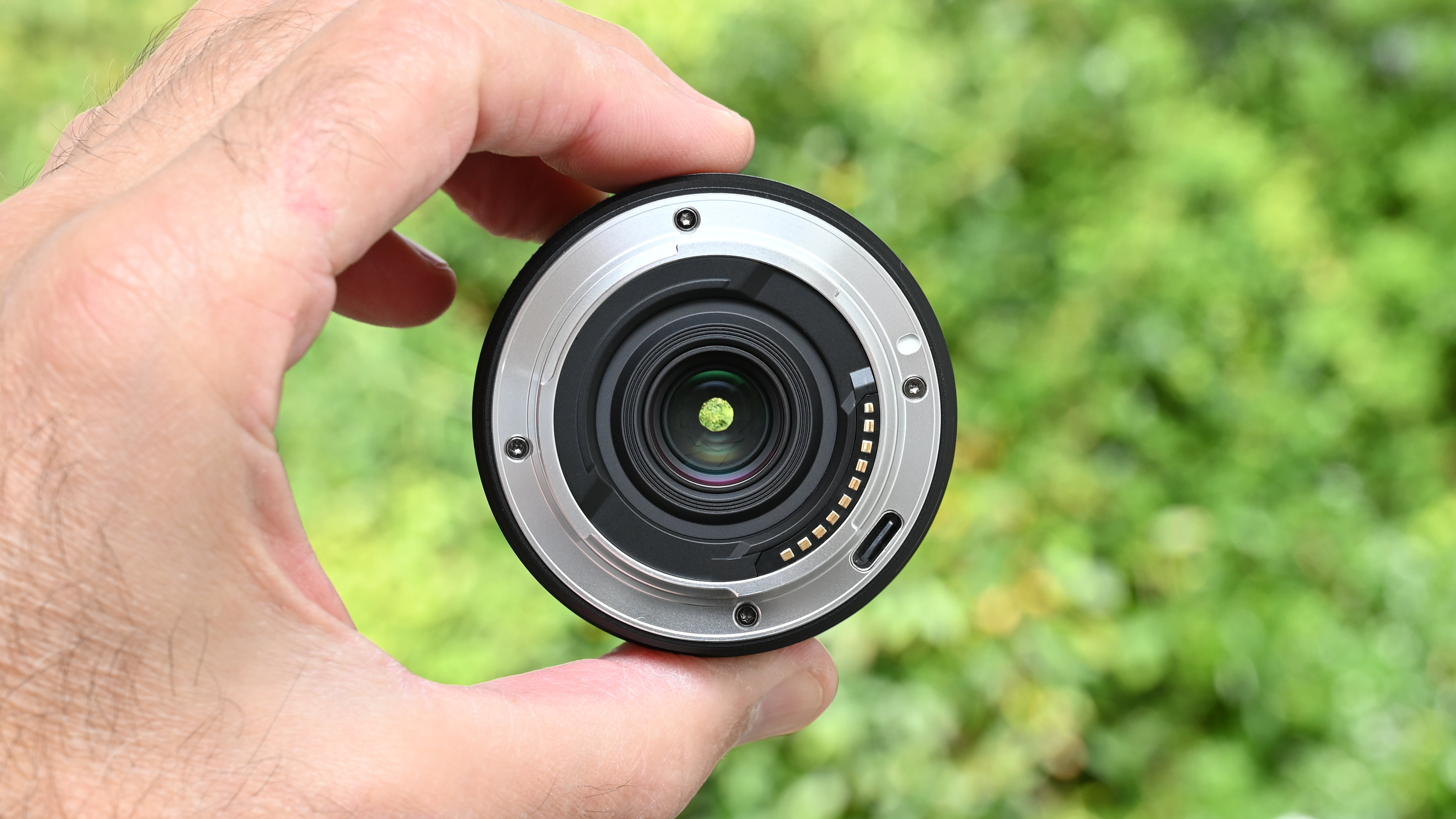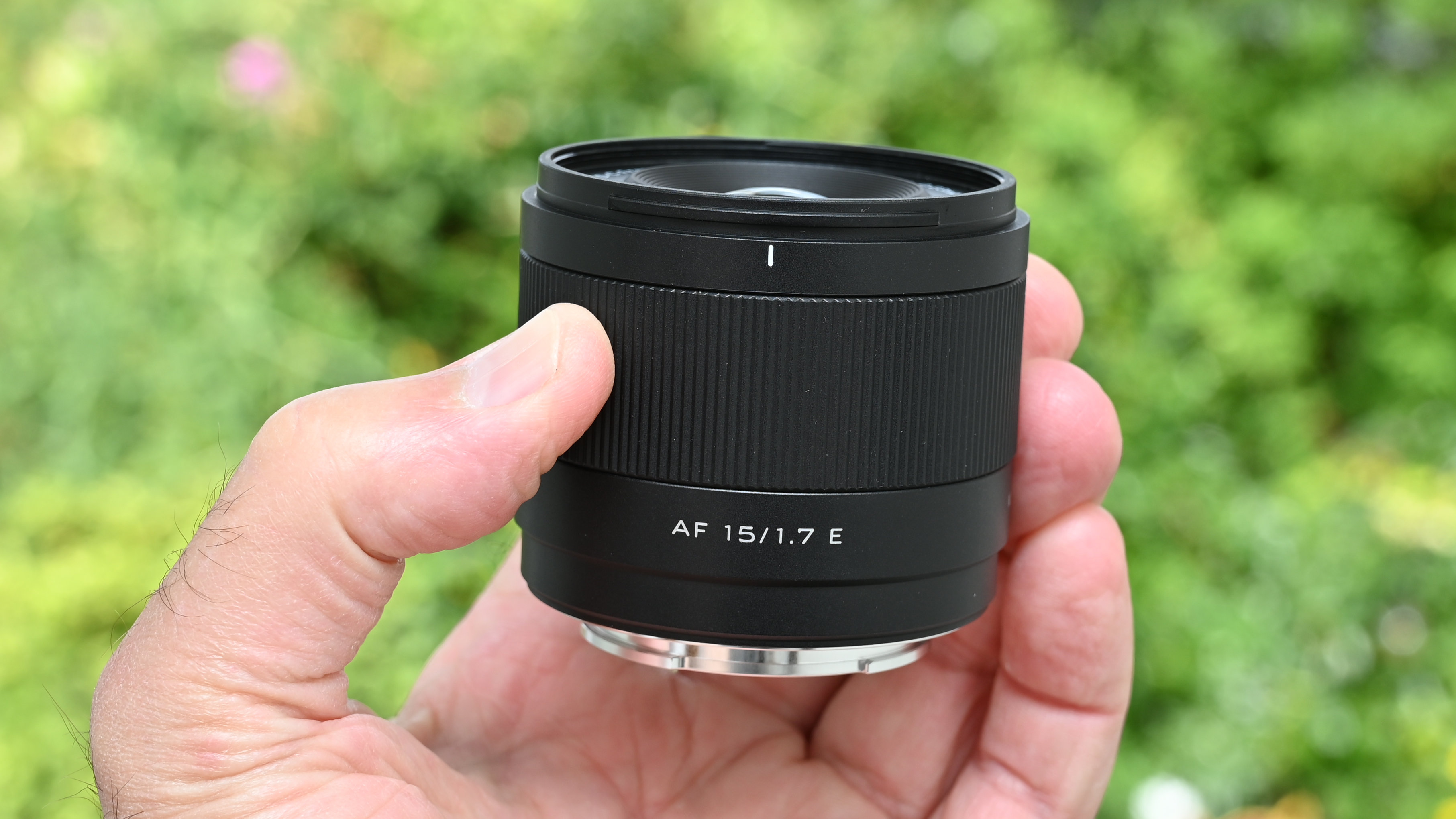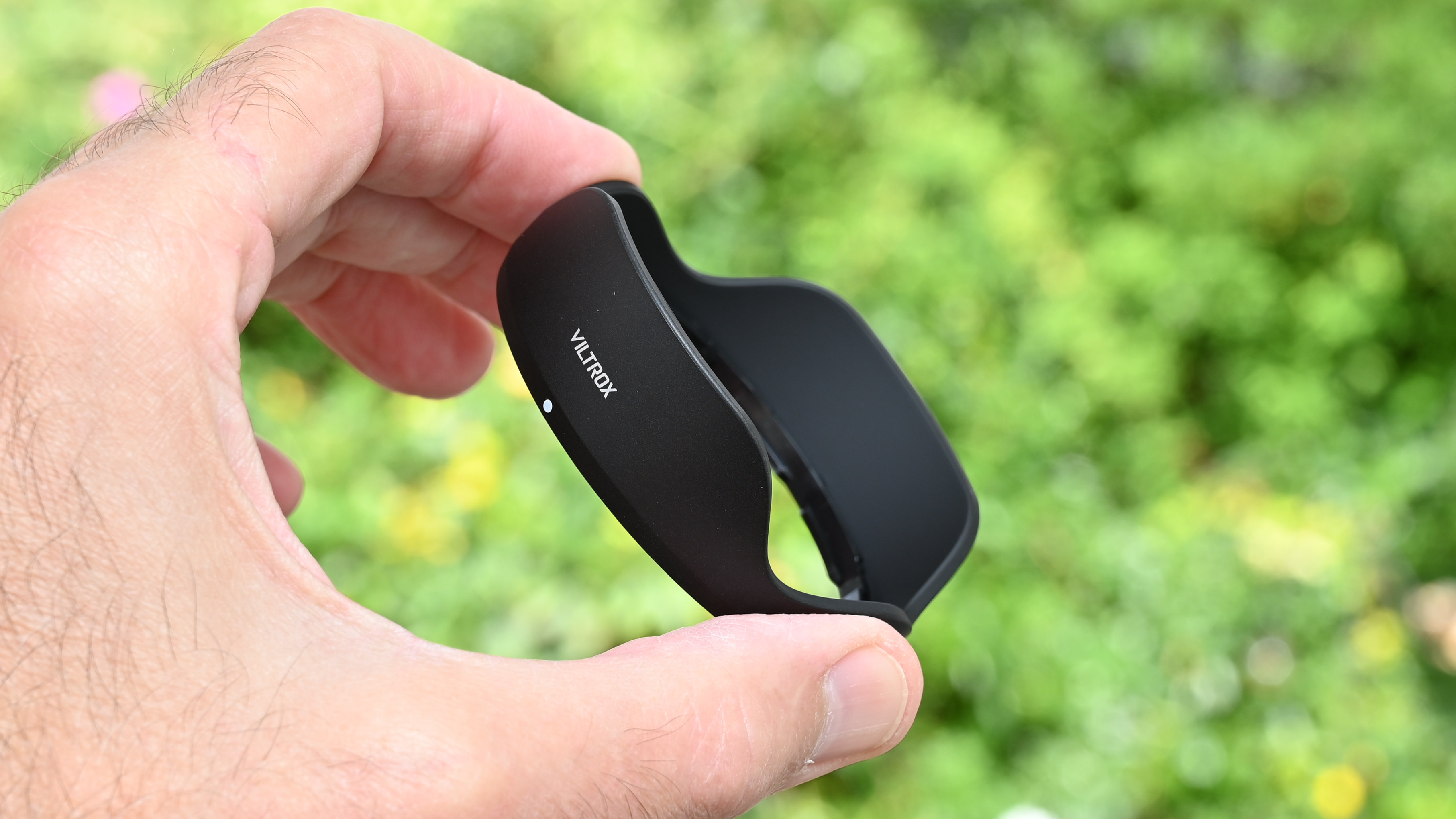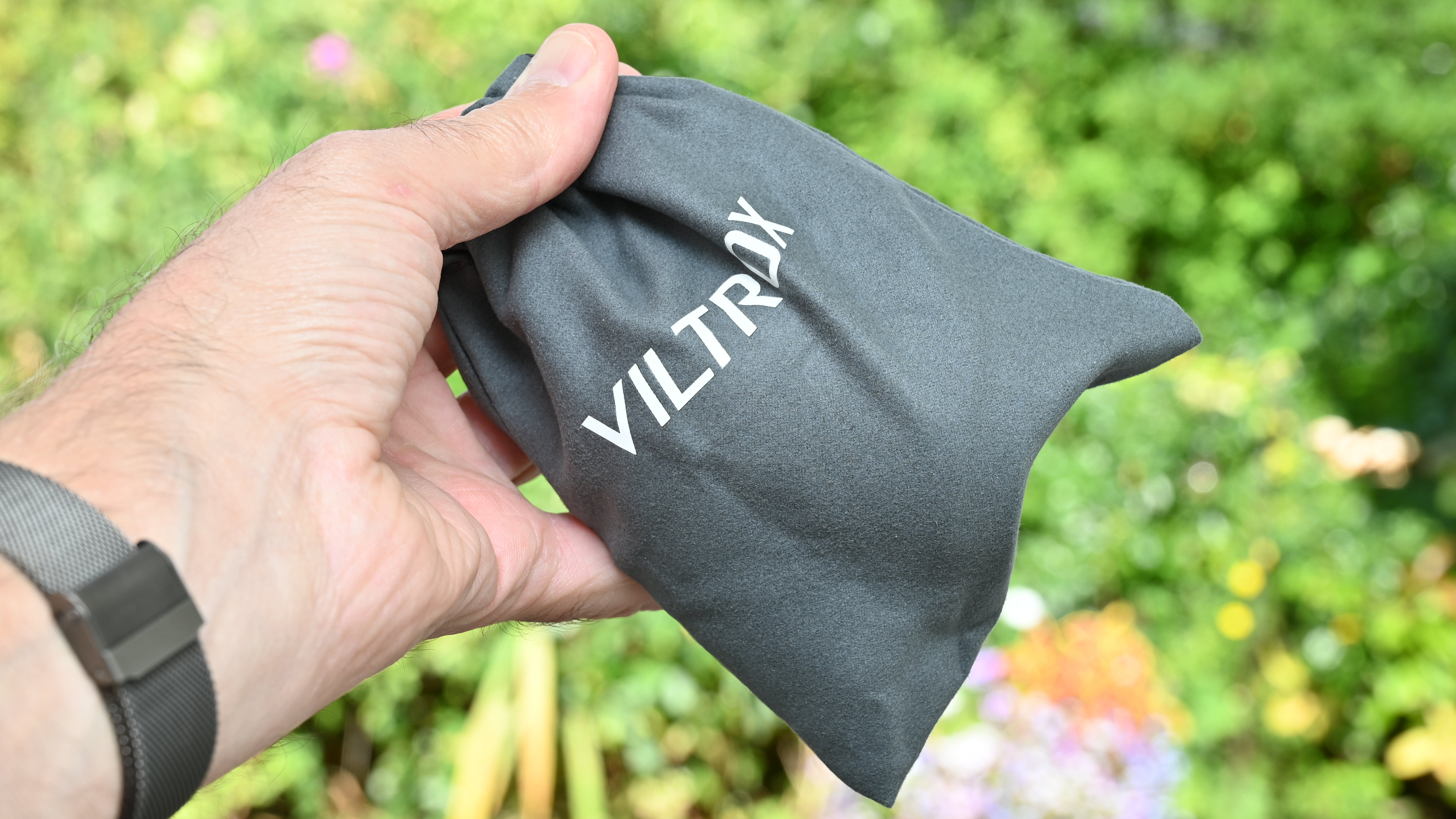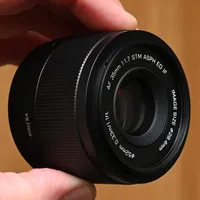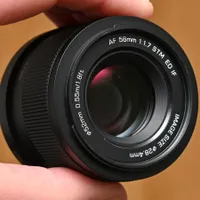Digital Camera World Verdict
Many an APS-C format standard zoom lens only shrinks to an 18mm focal length at the short end, so I love that the Viltrox AF 15mm f/1.7 Air gives me a much greater viewing angle. And it does so in an amazingly compact, lightweight and affordable package, making it easy to slip into a bag or even a coat pocket, and take along for the ride.
Pros
- +
Impressive image quality
- +
Fast autofocus
- +
Ultra-lightweight
- +
Supremely affordable
Cons
- -
Not weather-sealed
- -
Lacks an aperture ring
- -
No AF/MF focus switch
Why you can trust Digital Camera World
I confess to having a secret stash of Viltrox lenses for my Nikon Z fc camera, which I bought a couple of years ago. It comprises the 13mm f/1.4, 23mm f/1.4, 33mm f/1.4 and 56mm f/1.4 set of APS-C format primes, which boast metal barrels and feature aperture control rings, fitting right in with the retro ethos of the camera body. The lenses are available in Fujifilm X, Nikon Z and Sony Alpha mount options for a variety of mirrorless cameras.
The more recent Viltrox Air series of lenses aims for an even more featherweight build, with the emphasis on convenience, simplicity and value for money. So far, I’ve already been impressed with the APS-C format AF 25mm f/1.7 Air, AF 35mm F1.7 Air and AF 56mm F1.7 Air, and the full-frame compatible AF 20mm F2.8 Air and AF 40mm F2.5 Air.
The new AF 15mm f/1.7 Air is the latest in the series, aiming to be a bargain wide-angle lens with an ‘effective’ 22.5mm focal length in full-frame terms, and it’s a particularly affordable choice for the best Fujifilm X, best Nikon Z and best Sony E-mount mirrorless cameras.
Viltrox AF 15mm f/1.7 Air: Specifications
Mount options | Fujifilm X, Nikon Z, Sony E |
Lens construction | 12 elements in 10 groups |
Angle of view | 84.9 degrees |
Diaphragm blades | 9 |
Minimum aperture | f/16 |
Minimum focus distance | 0.23m |
Maximum magnification | 0.1x |
Filter size | 58mm |
Dimensions | 65x56mm / 2.6x2.2in |
Weight | 180g / 6.3oz |
Viltrox AF 15mm f/1.7 Air: Price
Viltrox has become well known for offering good-quality lenses at very affordable prices. World markets have fluctuated significantly since the launch of other lenses in the Air range but at the time of writing this review, the 25mm costs $176 / £229 / AU$282, the 35mm costs $179 / £179 / AU$282 and the 56mm costs $179 / £175 / AU$282. The new 15mm launches at $237 / £218 / AU$420, potentially making it outstanding value for an ultra-wide-angle prime.
Viltrox AF 15mm f/1.7 Air: Design & Handling
I do like a bit of consistency in life. When I’m using different lenses, I’m pleased that the Viltrox 15mm, 25mm, 35mm and 56mm Air series primes all have a unified look, feel and feature set. They’re also virtually the same size and weight, very similar to the 65x56mm / 2.6x2.2in and 180g / 6.3oz of this latest 15mm lens. That said, the other lenses all share the same 52mm filter thread, whereas the wider-angle 15mm necessitates a larger 58mm filter thread.
Look at the lens and you’d probably think ‘wow, that’s small’. Pick it up and you’d probably be amazed at the featherweight nature of the build. Even so, and unlike various own-brand APS-C lenses (I’m thinking Nikon Z DX in particular), the Viltrox has a ‘proper’ metal rather than plastic mounting plate. It’s adorned with gold-plated electronic contacts and even a USB-C port for applying firmware updates, if and when needed. Again, the lens follows the ‘Air’ tradition in this respect, as well as pretty much all of the other Viltrox lenses that I can think of off the top of my head (and there are many).
Sometimes it’s good to keep things simple. Sure, a de-clicked aperture ring (as featured in the Viltrox f/1.4 range of APS-C format lenses) is useful to have when shooting video. But it tends to be of less importance when shooting stills and, with no locking switch in the f/1.4 lenses, I find that I often nudge the aperture ring accidentally. This frustratingly makes the change from Auto camera-controlled aperture to an unwanted narrow aperture setting. There’s no danger of that with this and other Air lenses, as they don’t have an aperture control ring.
The best camera deals, reviews, product advice, and unmissable photography news, direct to your inbox!
Another factor of the simplified design isn’t quite so welcome, to my mind. There’s no AF/MF focus mode switch, which is something I like to have to avoid messing around with camera menus to make the change. Even so, manual override of autofocus is generally available as a camera menu option, and the electronically coupled manual focus ring works with smooth precision. Autofocus mode is generally preferred in most shooting scenarios and I’m happy that this is quick and snappy for stills, as well as smooth and virtually silent when shooting video. As with most recent lenses for mirrorless cameras, focusing is driven by a linear stepping motor.
While it’s ultra-compact and lightweight, the lens doesn’t lack good glass. The optical layout is built on 12 elements arranged in 10 groups, and features two aspherical elements, three ED (Extra-low Dispersion) elements and three HR (High Refractive index) elements. The combination aims for excellent sharpness, clarity and color rendition, along with the minimum of unwanted aberrations like color fringing.
The 15mm focal length equates to a wide viewing angle of 84.9 degrees. This makes the lens highly suitable for the likes of landscapes, cityscapes and architectural interiors, while the fast f/1.7 adds astrophotography to the list. On top of that, the focal length is also useful for selfies and vlogging, where you want to put yourself in front of the camera. With that in mind, I’m pleased that the lens has a short minimum focus distance of just 23cm or about 9 inches, as measured from the camera’s image sensor, rather than from the front of the lens.
Viltrox AF 15mm f/1.7 Air: Performance
Something of a ‘pocket rocket’, this ultra-compact and unfeasibly lightweight lens goes large on viewing angle and quality. Autofocus is fast and consistently accurate for stills, and well able to track the action with smooth transitions when shooting video. A further bonus for the latter is that the lens exhibits minimal focus breathing.
Wide-angle lenses often take in a large expanse of sky when shooting landscapes, so it’s good that high-tech coatings as well as the supplied petal-shaped hood help to suppress ghosting and flare. And while the lens lacks any weather-seals, a splash-resistant coating on the front element helps to repel moisture.
Sharpness is pretty impressive across the entire image frame. As I’ve mentioned, the lens also has a short minimum focus distance. Couple close focusing with the widest f/1.7 aperture and you can gain a tight depth of field. This helps to isolate a main subject within a scene by blurring the background, with the bonus of pleasantly smooth bokeh.
Stop down to a medium aperture of f/8 and you’ll get a big depth of field, courtesy of the short focal length, and good sharpness from the front to back of a scene at typical focus distances. The following shot provides a perfect example.
The widest f/1.7 aperture is also good for freezing motion and avoiding camera-shake when shooting under very low lighting. Despite being shot in a low-lit dodgem car scenario, the shot below was taken at f/1.7 with a shutter speed of 1/80th of a second, at the camera’s base sensitivity setting of ISO 100.
Viltrox AF 15mm f/1.7 Air: Sample Images
The following gallery of example shots was taken at Bowleaze Cove and Weymouth, on the coast of the English county of Dorset. It’s a mix of outdoor shots in sunny conditions at the start and end of the day, along with some indoor and evening shots at the local funfair.

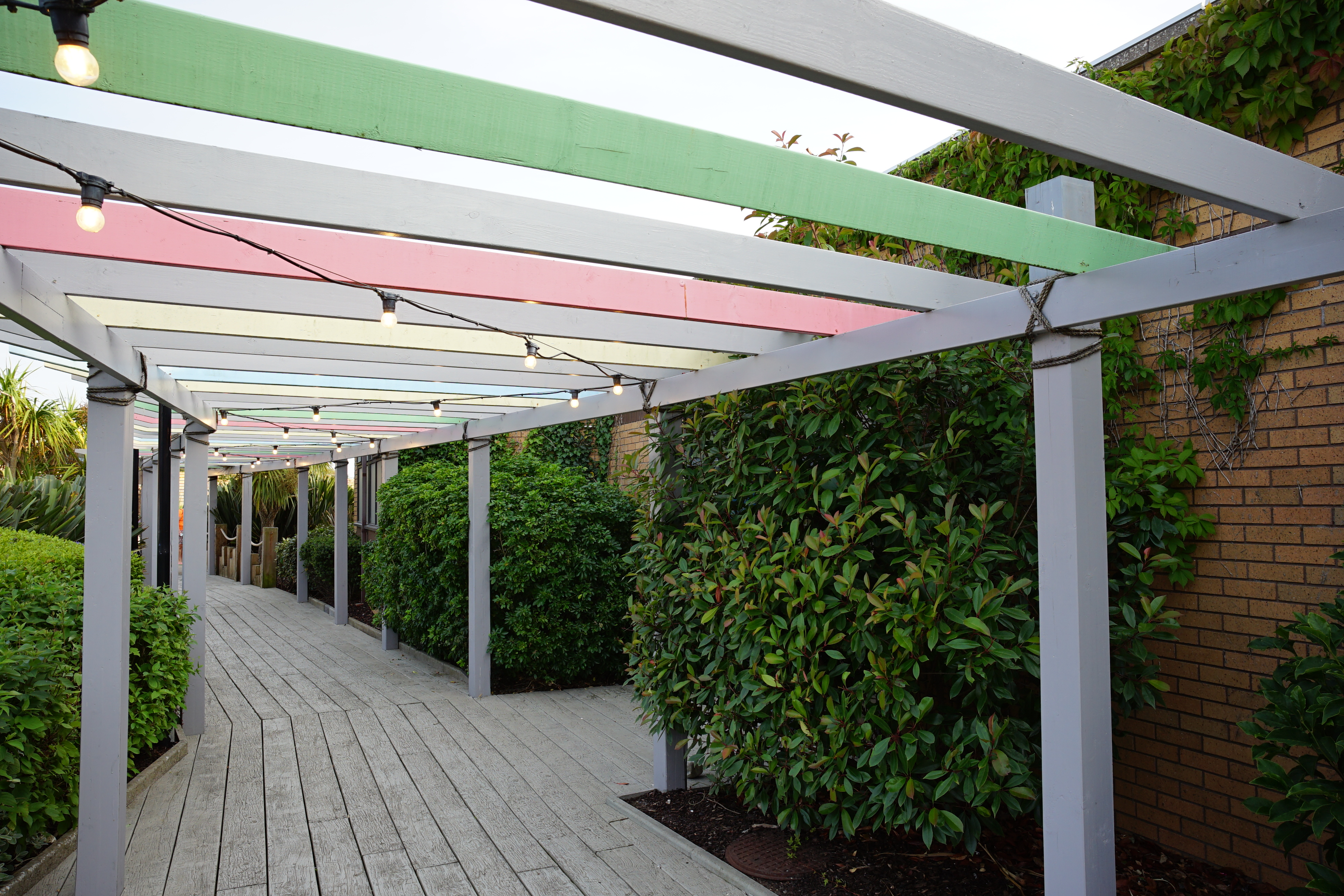

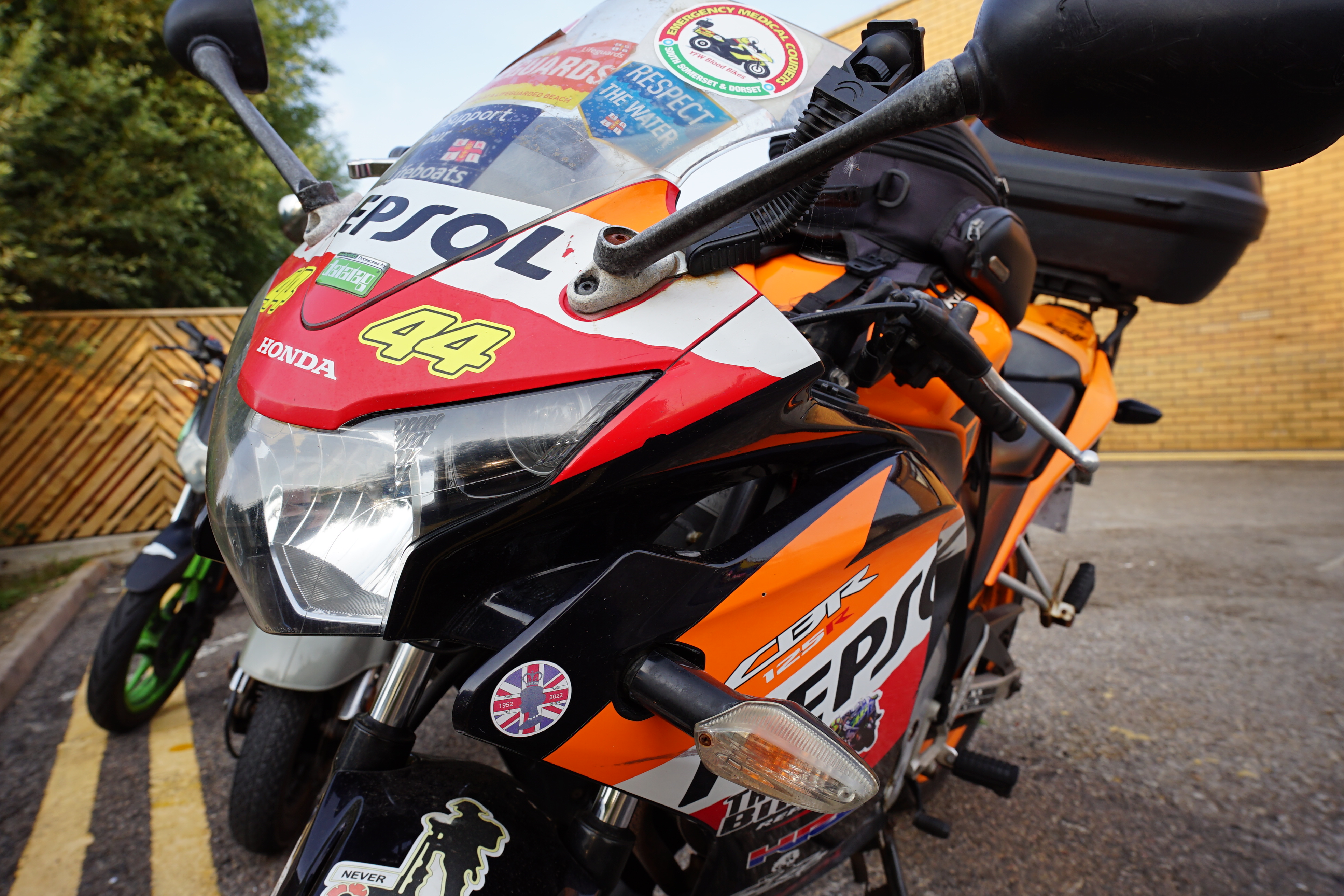



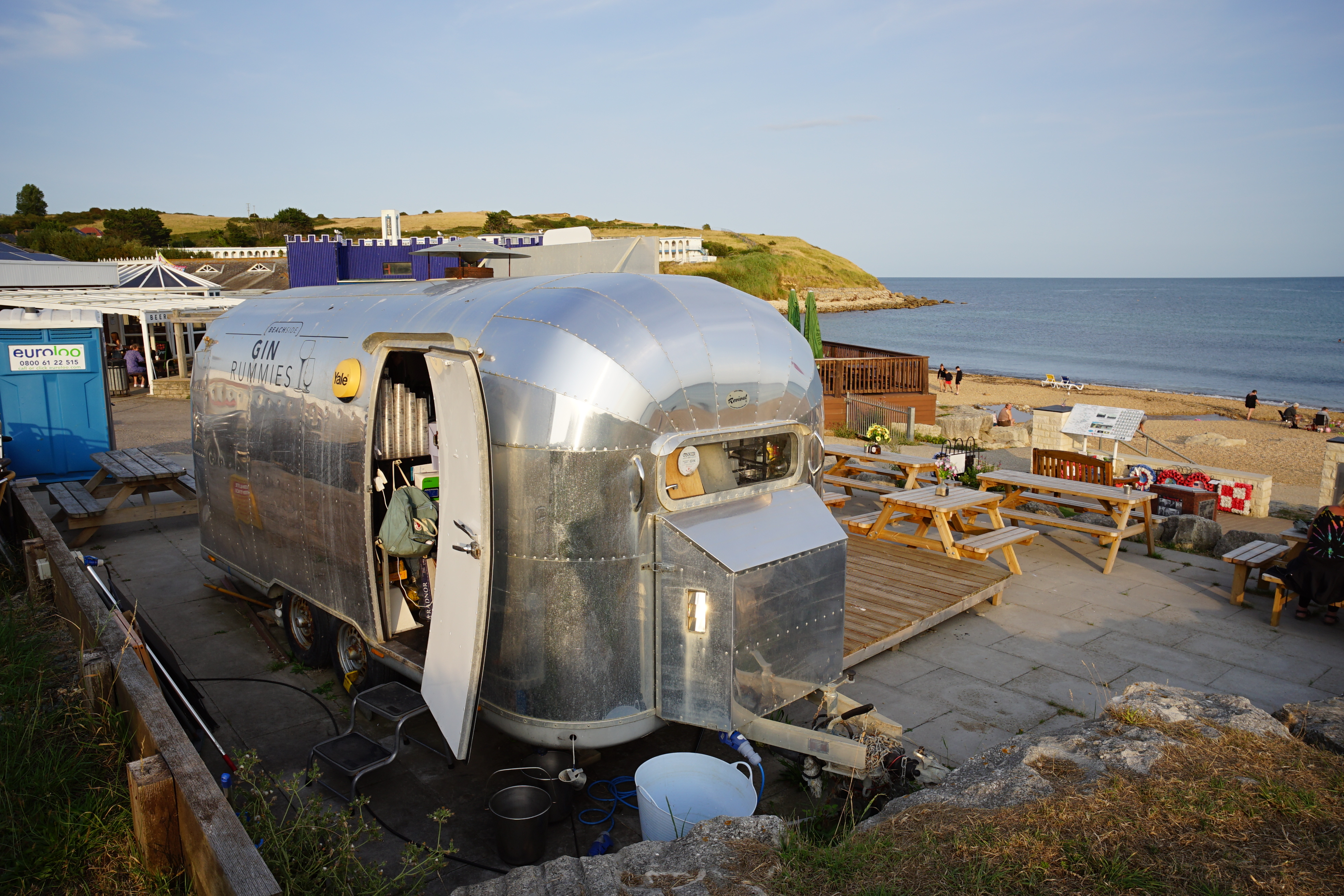
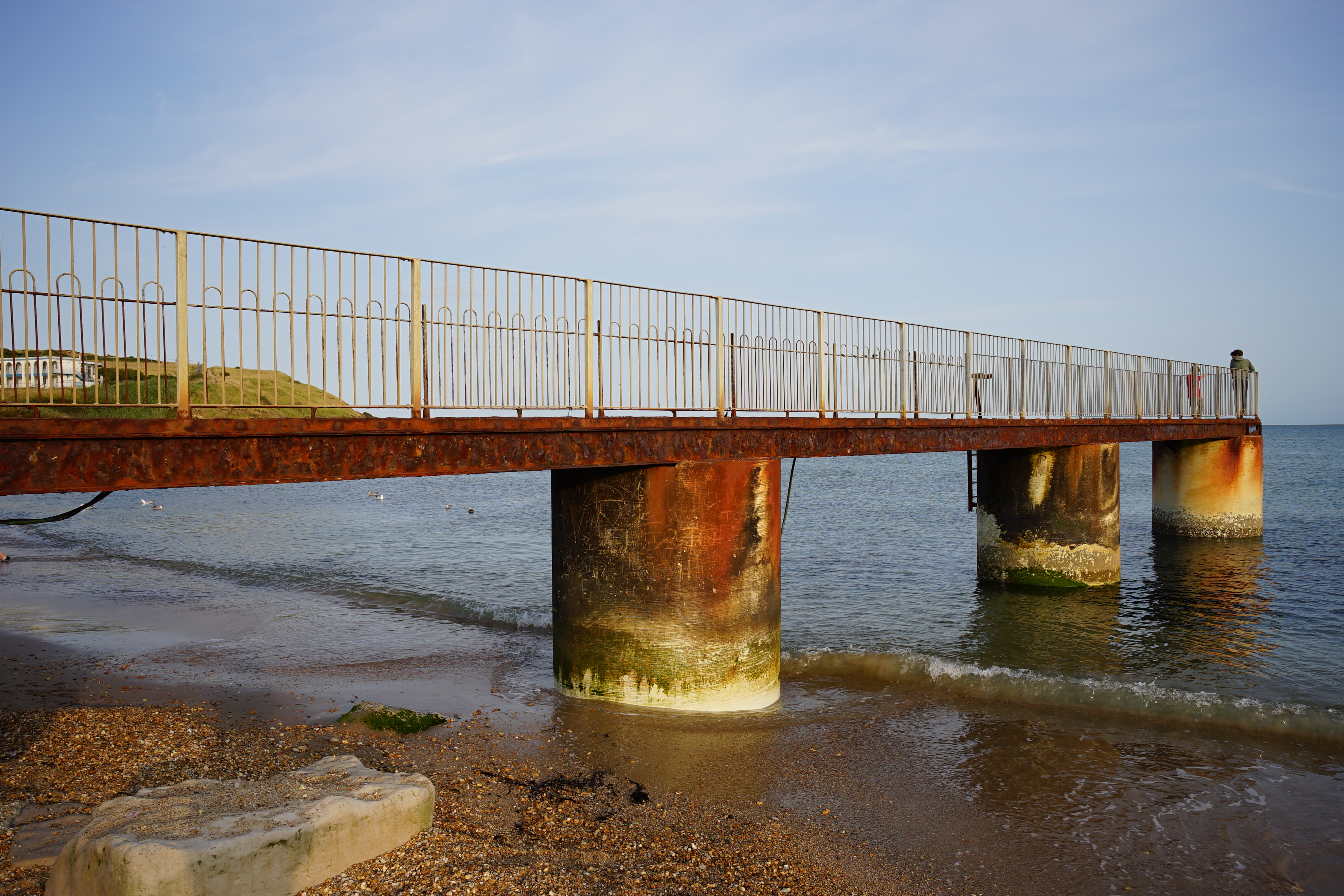

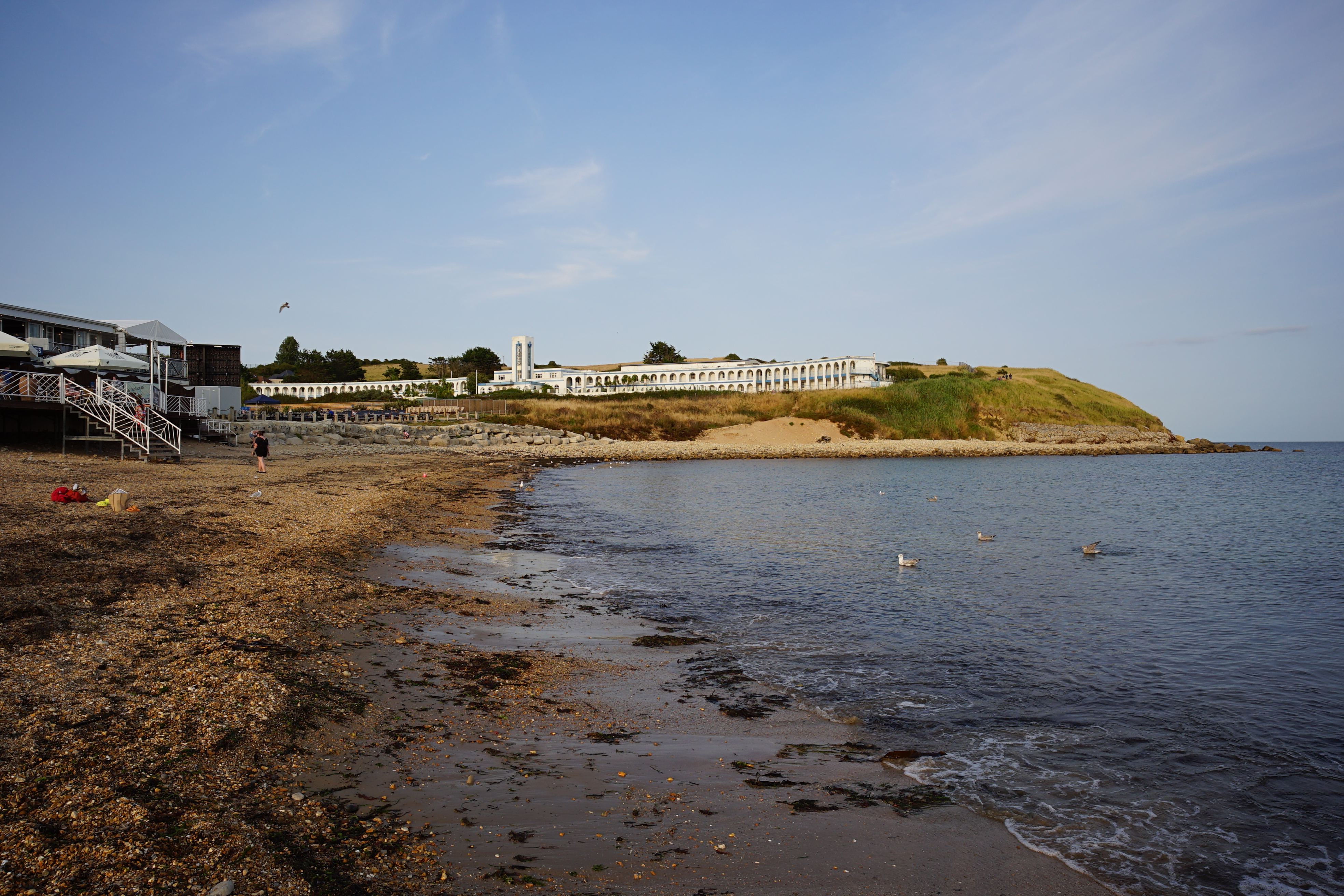
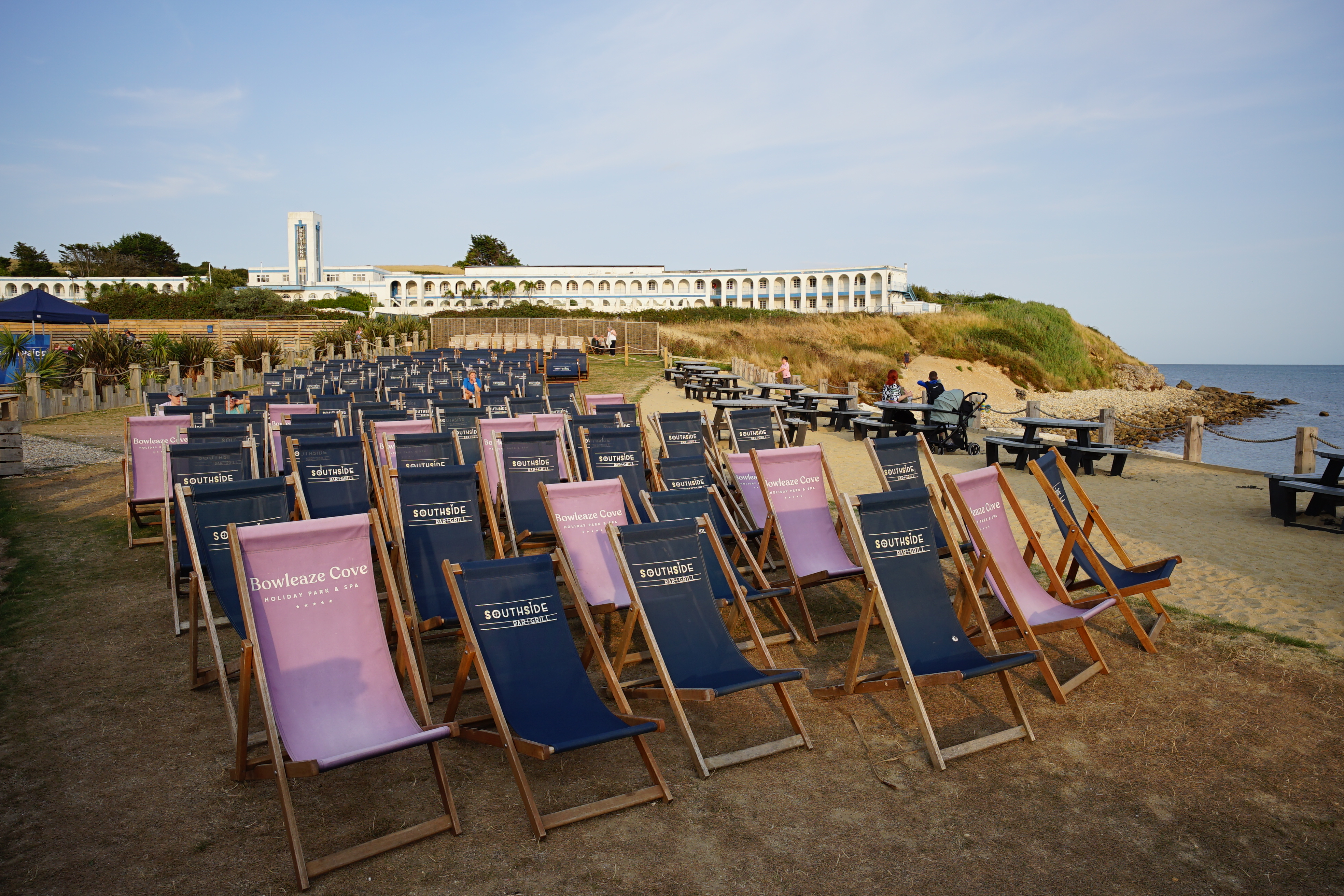









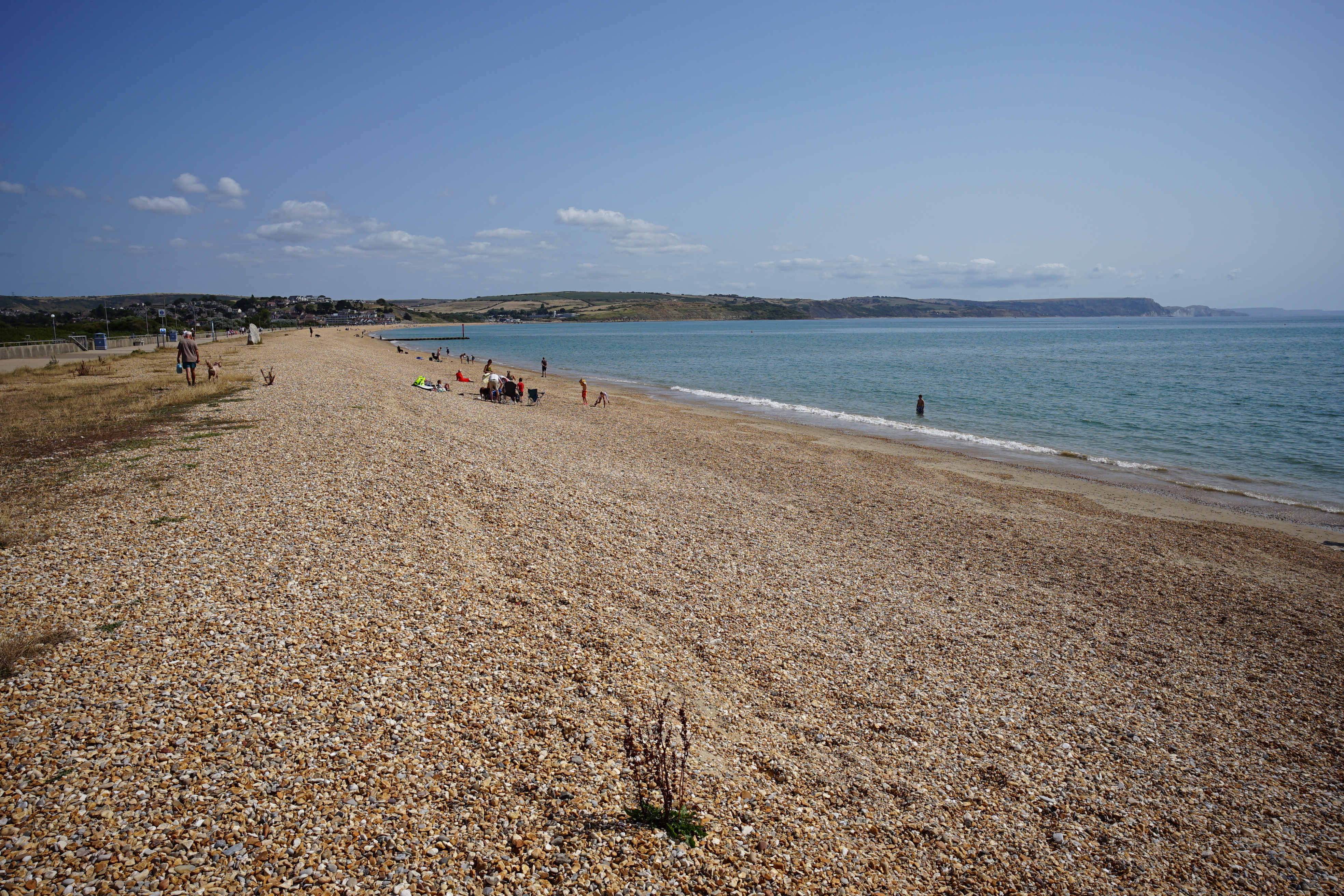

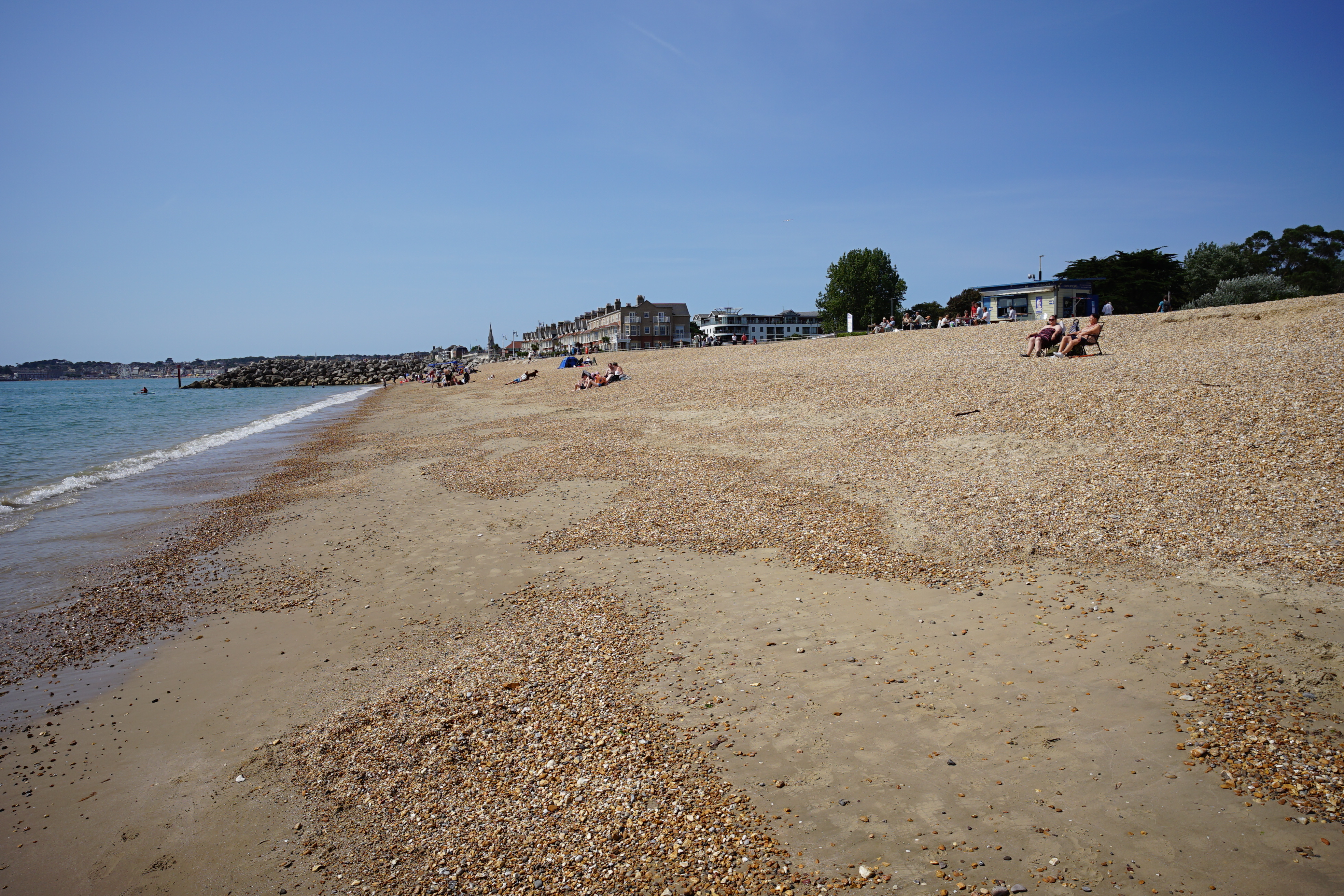
Viltrox AF 15mm f/1.7 Air: Lab Results
We run a range of lab tests under controlled conditions, using the Imatest Master testing suite. Photos of test charts are taken across the range of apertures and zooms (where available), then analyzed for sharpness, distortion and chromatic aberrations.
We use Imatest SFR (spatial frequency response) charts and analysis software to plot lens resolution at the center of the image frame, corners and mid-point distances, across the range of aperture settings and, with zoom lenses, at four different focal lengths. The tests also measure distortion and color fringing (chromatic aberration).
Sharpness:
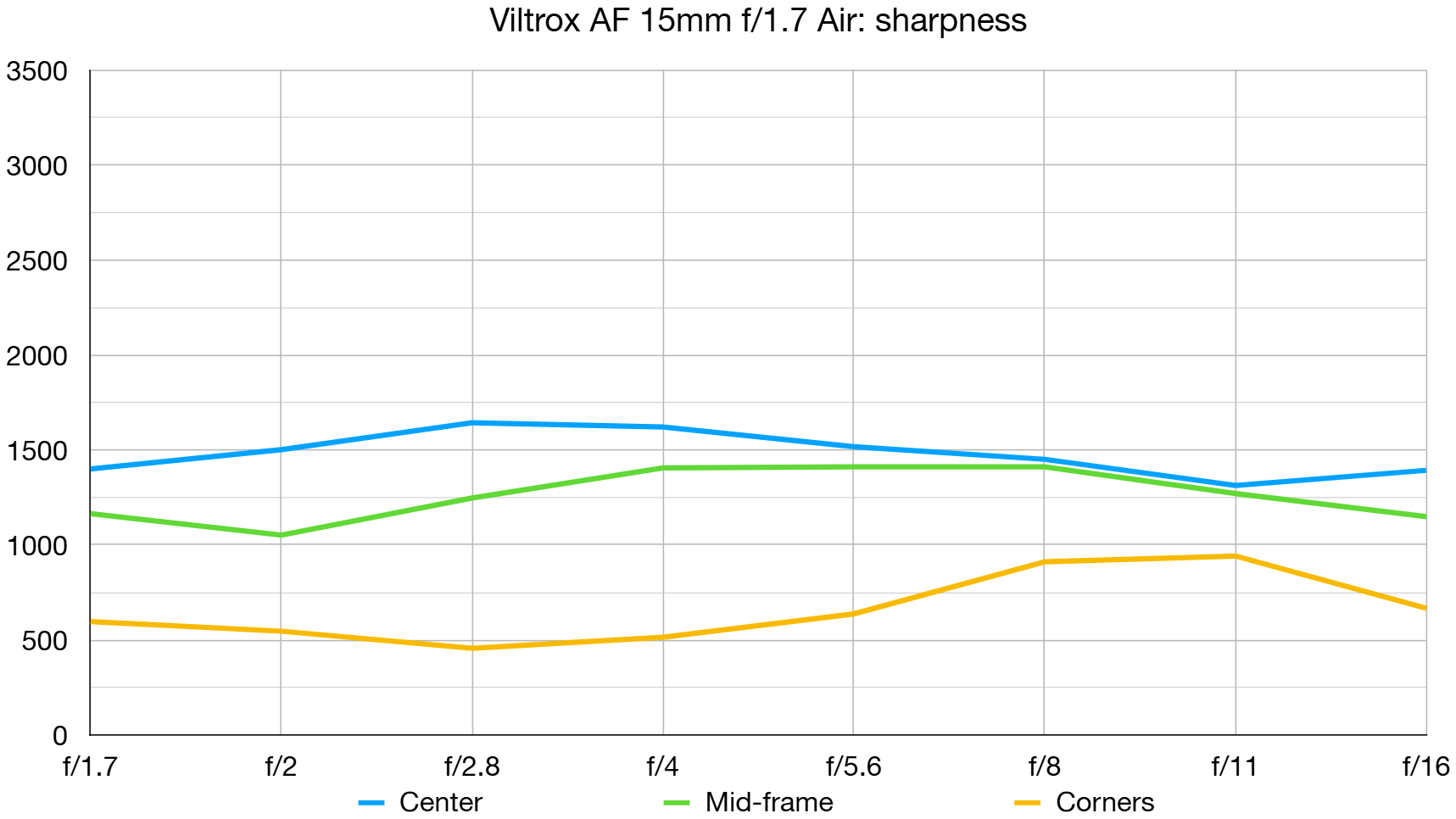
Lab test results for sharpness don’t look very flattering but due to the short 15mm focal length, test shots need to be taken at extremely close range to the test charts. In ‘real life’ shooting at more typical focus distances, levels of sharpness are impressive from the center of the image frame right out to the extreme edges and corners.
Fringing:
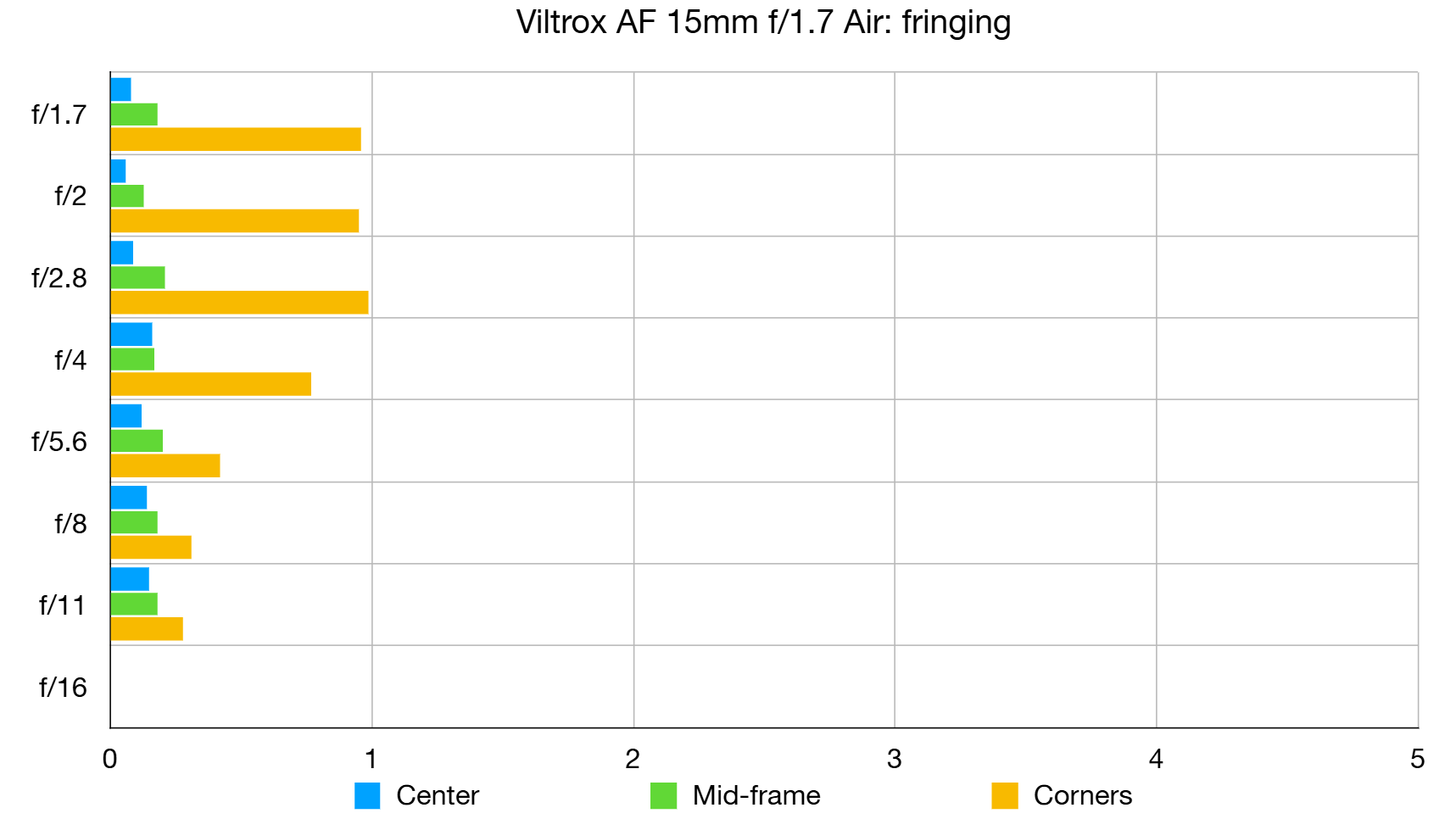
As with other Viltrox Air series lenses that I’ve reviewed, color fringing is minimal at all aperture settings, even at the edges and corners of the image frame where lateral chromatic aberration tends to be more problematic.
Distortion: 1.09
Unusually for an ultra-wide-angle lens, there’s a touch of pincushion rather than barrel distortion. Even so, it’s very slight and easily corrected with automatic in-camera correction. Unlike many wide-angle lenses designed for mirrorless cameras, there’s not a heavy reliance on correction.
Viltrox AF 15mm f/1.7 Air: Verdict
Like many photographers nowadays, a standard zoom or even a superzoom lens with an oversized overall zoom range is my tool of choice for walkabout and travel photography. It’s simply ideal to carry and use a single lens that covers the vast majority of shooting scenarios. If I’m going to carry an additional lens, it has to offer something extra, as well as ideally being small and lightweight. This Viltrox 15mm lens wins out on both counts. It gives a significantly wider viewing angle than most standard and super-zoom lenses, offering a significant step up for landscapes, cityscapes, architectural interiors and even for vlogging. Meanwhile, its relatively fast f/1.7 aperture helps to freeze motion as well as offering a tight depth of field when shooting close-ups. And on top of that, it’s small enough to fit in a coat pocket and weighs next to nothing. All in all, it’s a little cracker!
Features ★★★★☆ | Specialist glass, a fast f/1.7 aperture rating and lead-screw stepping motor-based autofocus lead the feature set. |
Design ★★★★☆ | The minimalist design precludes an aperture control ring and AF/MF focus mode switch but the lens is delightfully compact and lightweight. |
Performance ★★★★☆ | Quick and consistently accurate autofocus boosts the hit rate when shooting and the lens delivers very pleasing image quality. |
Value ★★★★★ | For a fast, wide-angle prime lens with impressive performance, the Viltrox is standout value for money. |
Alternatives
The Viltrox AF 35mm f/1.7 Air shares the same design ethic as the 15mm but gives a standard perspective, approximately equivalent to using a 50mm lens on a full-frame camera. It costs around $179 / £179 / AU$282 to buy.
Whereas the 15mm offers a really wide viewing angle, the Viltrox AF 56mm f/1.7 Air gives a short telephoto perspective, ideal for portraiture with an ‘effective’ 84mm focal length in full-frame terms. It’s priced at around $179 / £175 / AU$282.
Matthew Richards is a photographer and journalist who has spent years using and reviewing all manner of photo gear. He is Digital Camera World's principal lens reviewer – and has tested more primes and zooms than most people have had hot dinners!
His expertise with equipment doesn’t end there, though. He is also an encyclopedia when it comes to all manner of cameras, camera holsters and bags, flashguns, tripods and heads, printers, papers and inks, and just about anything imaging-related.
In an earlier life he was a broadcast engineer at the BBC, as well as a former editor of PC Guide.
You must confirm your public display name before commenting
Please logout and then login again, you will then be prompted to enter your display name.
